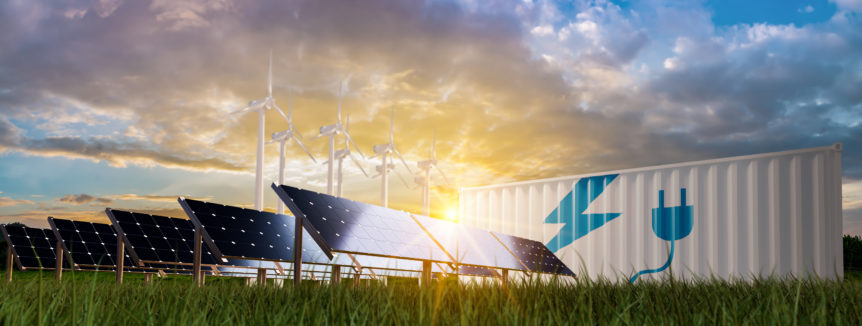Kristen Cheriegate | ICAST Policy Analyst
Congressional Infrastructure and Budget Bills
On Wednesday, July 28, the $1.2 trillion infrastructure package was announced to have bipartisan support in the U.S. Senate. An apparent problem is that billions of dollars of climate spending have been cut from the deal. For example, funding for public transit and electric vehicle (EV) infrastructure is estimated to be $20 billion less than the framework announced last month. However, as we wait for the text to come out for the deal, cuts to climate spending may not be worth too much worry, as those dollars may be reintroduced in the $3.5 trillion partisan investment package Democrats are discussing. Although undergoing internal party debate until approximately September, this package will likely go through a budget reconciliation process – side-stepping the need for a 60-Senator vote. The $3.5 trillion deal is championed as the “soft infrastructure” bill, with proposals for a clean electricity standard, a Civilian Climate Corps, tax incentives for clean energy and EVs, and more.
N.J. Program Prepares for 3,750 MW of Solar
On Wednesday, July 28, the New Jersey Board of Public Utilities (BPU) announced the implementation of a new Successor Solar Incentive Program (SuSI Program). Within the SuSI Program are two sub-programs that will begin taking effect at midnight E.T. on August 28, 2021:
- The Administratively Determined Incentive (ADI) Program will provide a series of tiered incentives to net-metered residential solar projects, net-metered non-residential solar projects of 5 megawatts (MW) or less, and community solar projects.
- The Competitive Solar Incentive (CSI) Program, for grid-scale projects and net-metered non-residential projects over 5 M.W., is anticipated to launch in early-to-mid 2022, following additional stakeholder engagement throughout the summer and fall.
The SuSi Program will prepare the State for up to 3,750 MW of solar generation by 2026.
New Interactive Maps and Resources Empower the Public and Policymakers to Act on Environmental Justice
On Thursday, July 29, the U.S. Environmental Protection Agency (EPA) published a new resource intended to empower policymakers to act on environmental justice (EJ) by mapping air pollution across the United States. Along with key demographical data, these interactive maps and supporting materials help interested parties “better understand the disproportionate impacts of air pollution in overburdened communities.” The mapping tool can be accessed here.
New Laws Boost Affordable Housing in Illinois
On Thursday, July 29, Illinois Governor J.B. Pritzker signed two new bills into law that will allow low-income (LI) residents greater access to its State energy program and affordable housing. Neighborhoods hit hardest by the COVID-19 pandemic will be prioritized, and affordable housing will receive rehabilitation efforts and new construction.
- The IL Housing Development Authority is authorized to use $75 million in federal COVID-19 relief monies to keep rent affordable for LI tenants living in multifamily dwellings. They estimate that this funding will cover the construction and rehabilitation of approximately 3,500 rental homes and apartments by the end of 2024.
- Families with children will be prioritized for the State’s LI energy assistance program, and expanded access to the Low-Income Heating and Energy Assistance Program (LIHEAP) will be provided to undocumented residents.

